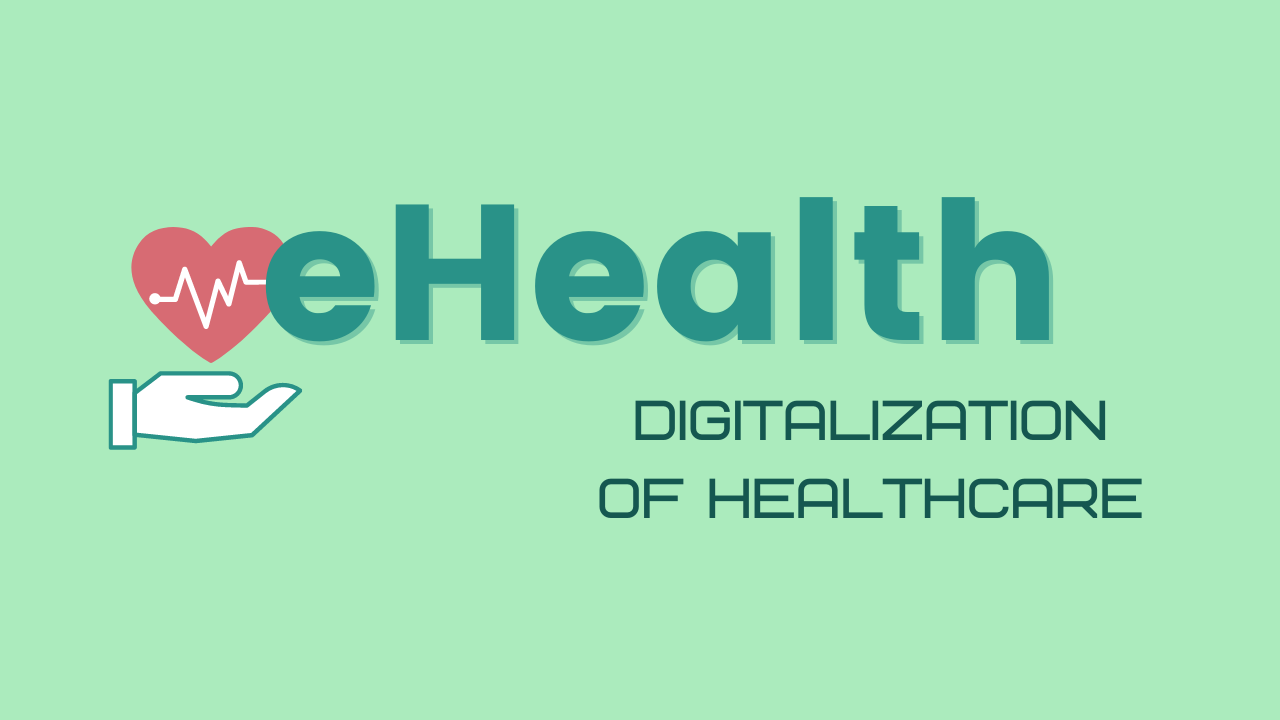
eHealth
Overview
eHealth, also known as electronic health and fitness or healthcare technology, refers back to the use of electronic conversation and information know-how inside the Health care market. It encompasses a variety of technologies and apps directed at bettering the performance, usefulness, and excellent of Health care shipping and delivery.
Aims of eHealth
The main goals of eHealth is usually summarized as follows:
Improved Entry to Health care: By leveraging electronic systems like telemedicine and remote client checking, eHealth aims to improve entry to Health care products and services for individuals living in remote places or with minimal mobility.
Increased Quality of Care: By means of instruments like Digital health and fitness records (EHRs) and clinical selection assist devices (CDSS), eHealth seeks to improve the standard of treatment by facilitating exact and well timed information and facts Trade among the Health care professionals.
Patient Empowerment: By supplying individuals with entry to their health care information, customized wellness apps, and on the internet educational sources, eHealth empowers people today to take an Lively job in running their own health.
Cost Performance: Making use of digital platforms will help decrease administrative expenses related to paper-based units when enabling successful coordination between different stakeholders throughout the healthcare ecosystem.
Important Purposes of eHealth
Various essential applications add to obtaining the goals outlined above:
Digital Wellness Documents (EHRs):
EHRs are electronic versions of clients' health-related records which can be effortlessly accessed by licensed healthcare vendors associated with a affected individual's care. They offer a comprehensive view of a patient's clinical background, lab success, drugs prescribed, allergy symptoms, and also other related clinical facts.
Telemedicine:
Telemedicine entails providing Health care remotely by means of online video conferencing or cellphone phone calls. It permits Medical professionals to refer to with patients who are not able to bodily go to hospitals or clinics resulting from geographical constraints or mobility problems.
Cellular Wellbeing (mHealth) Apps:
mHealth apps are smartphone applications that supply many Health care providers, for instance monitoring vital indications, reminding clients to choose medicines, offering use of health training resources, and facilitating interaction with Health care vendors.
Remote Patient Checking (RPM):
RPM allows healthcare experts to watch a individual's crucial symptoms and various health and fitness parameters remotely using wearable devices or sensors. This enables early detection of health issues and well timed interventions.
Health and fitness Information Trade (HIE):
HIE will involve the protected sharing of client knowledge across different Health care corporations, guaranteeing seamless coordination and continuity of care among providers in different configurations.
Medical Determination Help Methods (CDSS):
CDSS leverage artificial intelligence algorithms to investigate health care info and help Health care industry experts in generating evidence-based conclusions with regards to analysis, cure strategies, drug interactions, plus more.
Wellbeing Wearables:
These are generally wearable units like Health and fitness trackers or smartwatches which can accumulate physiological information on somebody's exercising routines, heart amount patterns, slumber good quality, and much more.
Great things about eHealth
The adoption of eHealth gives quite a few Positive aspects for each men and women and the overall healthcare system:
Improved Performance: eHealth streamlines administrative duties by cutting down paperwork and enabling the electronic exchange of data amongst stakeholders involved with affected person treatment.
Increased Communication: Digital health and fitness equipment aid effective conversation concerning individuals as well as their Health care providers while also selling collaboration among the various professionals linked to a patient's remedy system.
Usage of Specialized Care: Telemedicine makes it possible for clients residing in distant locations or underserved communities to consult with expert Health professionals who is probably not physically present nearby.
Timely Interventions: By means of remote monitoring devices or cell applications that give alerts or reminders for medication adherence or abide by-up appointments, eHealth helps stop problems by facilitating early interventions.
Improved Individual Outcomes: By delivering easy use of professional medical information and facts online together with personalized well being advice, eHealth empowers individuals to actively engage in their very own healthcare and manage chronic conditions effectively.
Challenges and Fears
Though the implementation of eHealth comes along with quite a few Advantages, Additionally, it offers worries and problems that have to more info be addressed:
Privateness and Protection: Defending affected person data from unauthorized entry is a major concern during the electronic wellness landscape. Strong protection measures, compliant with applicable privateness laws, needs to be carried out to make sure details confidentiality.
Interoperability: Diverse healthcare devices and programs may well not constantly seamlessly communicate with each other resulting from insufficient interoperability benchmarks. Guaranteeing efficient exchange of data across platforms is important for extensive affected individual care.
Electronic Divide: Not everyone has equivalent usage of digital systems or possesses the mandatory digital literacy techniques required for employing eHealth tools properly. Bridging the electronic divide gets to be important to be certain equitable entry to healthcare products and services.
Regulatory Compliance: The dynamic nature of technological innovation normally surpasses existing regulatory frameworks. To completely leverage the benefits of eHealth while safeguarding affected person rights, restrictions need to keep tempo with technological improvements without the need of stifling innovation.
Summary
eHealth plays a pivotal function in modernizing healthcare shipping and delivery by harnessing know-how for enhanced obtain, quality of treatment, patient empowerment, and cost efficiency. The widespread adoption of electronic communication resources, telemedicine providers, cellular wellness apps, remote monitoring methods, along with other modern remedies contributes in direction of a more linked and affected person-centered approach to Health care provision. Having said that, addressing challenges related to privateness safety, interoperability specifications compliance bridging inequality gaps in World wide web accessibility are essential measures toward achieving the entire probable of eHealth.